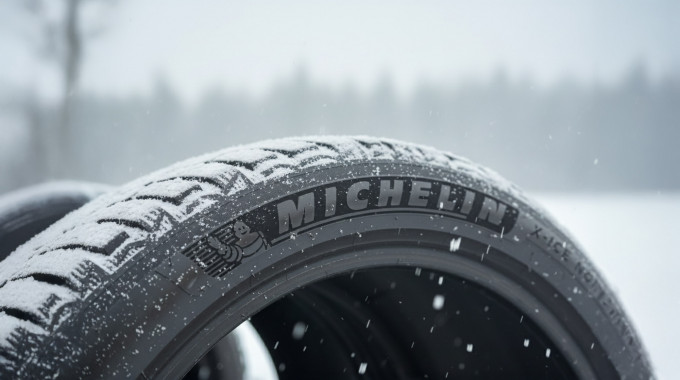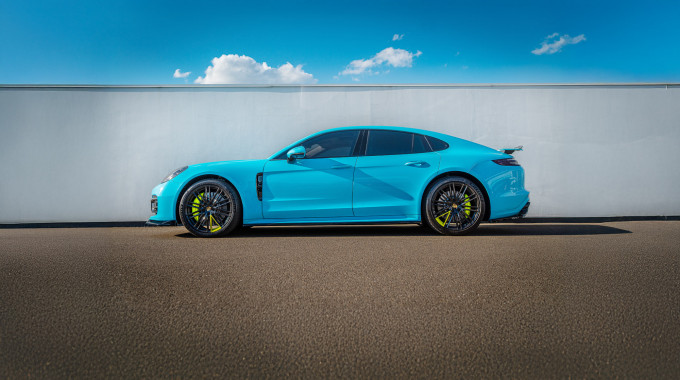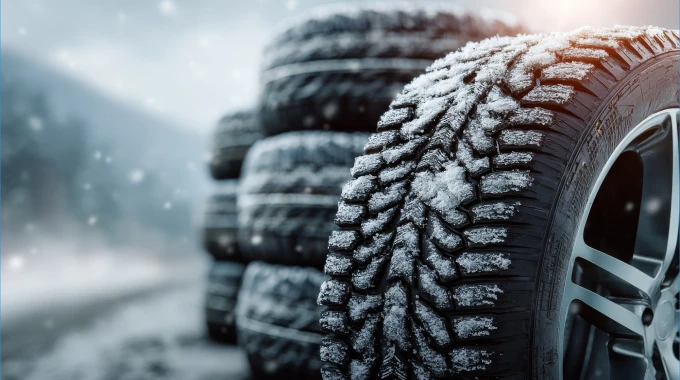
Guide to Buying a Used Honda Civic [10th-Generation: 2016-2021]
The Honda Civic has been in production since 1972. Since then, this loveable compact car has evolved into a highly-celebrated favourite with Canadian shoppers.
In fact, Honda has been manufacturing the Civic at the award-winning Honda of Canada manufacturing plant in Alliston, Ontario, since the late eighties.
The tenth-generation Civic was launched for model-year 2016 and sold through model-year 2021. It was replaced by an all-new, eleventh-generation model for 2022.
If you’re a used car shopper considering a 2016 to 2021 Honda Civic Sedan, Coupe or Hatchback, read on for useful facts to keep in mind before you buy.
8 Things to Consider Before Buying a Honda Civic 2016 to 2021 Model
1. Turbocharged power
The tenth-generation Civic marked the car’s first ever use of a turbocharged engine– providing drivers with improved efficiency, low-RPM torque, and throttle response. Many owners say that Civic models with the turbocharged 1.5 litre four-cylinder engine deliver a balanced blend of power and efficiency.
Output was rated at 174 horsepower or better, depending on the year and model. Standard on the tenth-generation Civic was a 2-litre four-cylinder, with 158 horsepower. All Civic models from this generation are front-wheel drive.

2016 Civic Coupe | Photo: Honda
2. Recalls
Transport Canada lists 8 recalls for this generation of Honda Civic, dealing with its fuel supply system, steering, powertrain, engine, restraints, and other systems. Some Civic models are affected by one or more of these recalls, others are not. Check with your local dealer or Honda’s website to see which recalls may apply to the used Civic you’re considering. Recall work is performed free of charge in a dealer setting, to make your vehicle safer.
3. Aftermarket customization?
Many Honda Civic owners customize and enhance their cars with parts, electronics and accessories designed to improve its look, handling, and performance.
The Civic is a model that’s long been loved by an avid community of tuners and customizers, though most shoppers should stick to a model that hasn’t been altered by the use of non factory electronics, engine parts, or suspension components. This lowers the chances of possible trouble– including damage and component wear that isn’t covered by your remaining warranty.
4. Oil dilution problems
Some owners have reported trouble from the Civic’s 1.5 litre turbo engine relating to oil dilution – an issue that may allow excess fuel to enter the engine’s oil supply, raising engine oil levels, diluting the oil supply, and contributing to engine wear.

2017 Civic Hatchback | Photo: Honda
Honda has extended warranty coverage on affected units, and this problem seems most likely in earlier units (2016-2018) from this generation. By 2019, the owner’s community tends to report a sharp drop off in problems, citing a fix to the engine at the factory. Note that this issue is not reported by all owners, and seems more likely in cold climates, and when the vehicle is driven frequently for short periods that fail to get the engine good and hot.
Opting for a 2019 or newer unit minimizes your chances of encountering this problem. A strong gasoline odour under the hood, especially when the engine oil dipstick is removed, is a potential trouble sign.
5. Cabin heat
In extreme cold, some owners wish the Civic’s engine was able to better heat the cabin of the vehicle. Use of SPORT mode and heavier throttle can help generate more heat, at the expense of fuel economy.
To help maximize the performance of your used Civic’s heater, be sure it has the latest dealer software updates installed, and that both the cooling system and cabin air filter have been properly and consistently maintained, by checking service records. Contact a Honda service advisor for more information.
6. Electronics

2016 Civic Coupe Interior | Photo: Honda
Owner-reported problems with on-board electronics seem minimal against total sales volumes. Still, test-driving shoppers can protect themselves from unpleasant surprises by checking a few areas before they hand over a cheque.
Run all electronics through their paces, paying close attention to seat heaters, steering-wheel mounted controls, the operation and image quality of the backup camera, and the Bluetooth connectivity to your Smartphone. Plot a course with the navigation system (if equipped), to be sure the GPS module is performing properly, too.
7. Battery care for your used Civic
A great way to help make your used Civic more reliable and less likely to give you a headache is to lovingly care for its battery. Weak and neglected batteries can negatively affect the reliability of dozens of vehicle components.
For best results, have the battery professionally tested (and terminals cleaned) ahead of your purchase, and use a trickle-charger to help condition and maintain the battery whenever your Civic will be parked for more than a few days. The car will thank you with less electronic trouble, and longer battery life.
8. Trunk leak
Water leaks are not uncommon in modern used cars, and the Honda Civic is no exception. On your test-drive, remove all items from the vehicle’s trunk, and then remove the cargo floor cover, which allows you to access the spare tire.
Remove that too, then look around closely. If you see water, water stains, rust, mould, or other signs of a leak, proceed with caution. Water leaks commonly wind up accumulating beneath the vehicle’s trunk, and may have many sources– including gaskets for the spoiler and taillights, the seal around the rear window, and even the sunroof.
Though some fixes for leaky trunks are minor and inexpensive, buying a used Honda Civic with an undiagnosed water leak is not advised – and moving to another unit is a solid course of action if you detect one.
Shopping for a used Honda Civic in Canada? Check out our current inventory of used Civics here.







